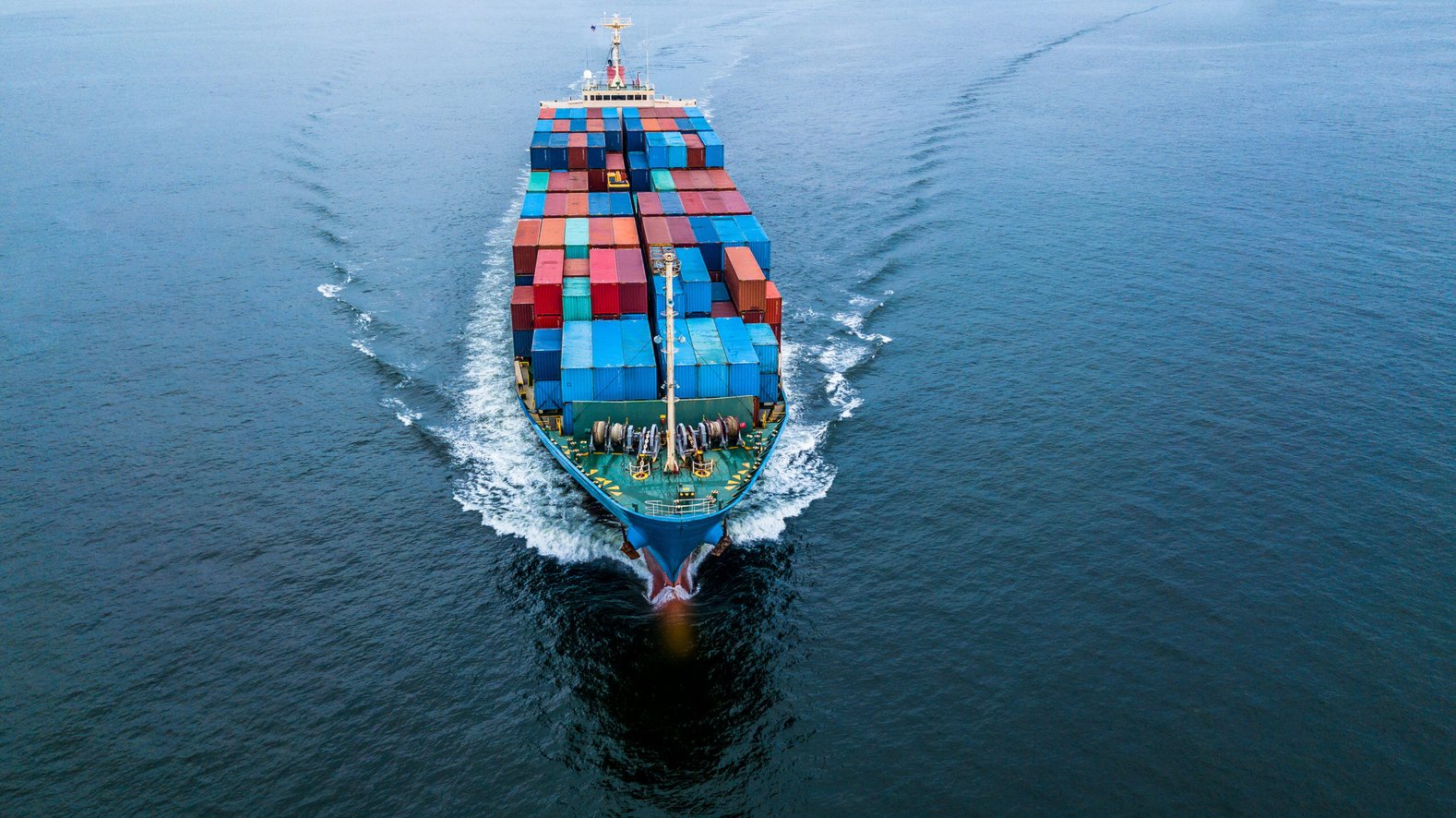
New Guidance on IEEPA Transshipment
Transmodal is offering the following as general guidance on IEEPA transshipment. Importers should seek professional advice regarding this guidance based on their company’s specific circumstances.
Background:
Section 3 of Executive Order 14326, Further Modifying the Reciprocal Tariff Rates, July 31, 2025, provides that an article determined by CBP to have been transshipped to evade applicable duties shall be subject to an additional ad valorem rate of duty of 40 percent, in place of the additional IEEPA reciprocal ad valorem duty rate and (ii) any other applicable or appropriate fine or penalty, including those assessed under 19 U.S.C. 1592, and (iii) any other United States duties, fees, taxes, exactions, or charges applicable to goods of the country of origin.
Additional guidance was provided under CSMS 65829726 (Guidance: Reciprocal Tariff Updates Effective August 7, 2025). CBP will direct a correction of the entry and/or entry summary to be filed, replacing the IEEPA Reciprocal HTSUS number with heading 9903.02.01 or take action upon liquidation to collect the 40% applicable duties. Our understanding is that CBP will instruct the importer and customs broker when heading 9903.02.01 is necessary and appropriate, and neither the importer nor the customs broker should decide to utilize the subheading unless instructed by CBP.
What constitutes “transshipment”?
The Administration has indicated that if a product contains significant content such as 30% from any other country, it could be subject to an additional 40% tariff to reflect that other country’s higher tariff. This rule has not been formalized, however, with details on the specific parameters. For instance, it is unclear how this will be administered if imports contain over 30% content from multiple countries or if they contain over 30% from countries with a lower tariff compared to where the final production process occurs.
Transshipment is not illegal if it adheres to established guidelines for transferring cargo, ensuring that all goods are properly documented and accounted for, and in compliance. Many free trade and preferential trade agreements allow a duty exception for in-transit goods shipped directly through third countries. Evidence such as bills of lading showing the U.S. as the final destination must support these claims. When goods are legally transshipped, the duty applicable to imports is that of the country of origin.
When is transshipment illegal?
Illegal transshipment involves using deception to avoid tariffs by misrepresenting a good's true country of origin. It often includes diverting goods through a third country and claiming it as the country of origin despite no consequential work being performed there. Another common deceptive practice includes claiming an incorrect country of origin without physically routing the goods through there. Note, such actions can lead to fines or worse for importers.
The legal definition of “transshipped” remains vague but will likely be broader than simply goods rerouted through a third country for relabeling. For example, a value test could be applied, in which goods are deemed transshipped if 30 percent or more of their value originates from another source (e.g., China). This could subject products manufactured in a third country, but heavily reliant on Chinese components, to a 40 percent tariff rather than the reciprocal tariff for the third country. This would significantly impact many large companies where factories use Chinese inputs but assemble products elsewhere.
Moving forward:
Importers should expect closer scrutiny of trade documentation, more inspections, and stricter monitoring of their supply chains (especially those linked to locations such as China). Companies must ensure they understand the applicable rules, be diligent in understanding their supply chain and sourcing flows of all materials, and review supply chain documentation, such as bills of materials and supporting information, including shipping, delivery, and inventory records, to demonstrate compliance.
Visit www.transmodal.net/blog for regular shipping industry and tariff news updates.
